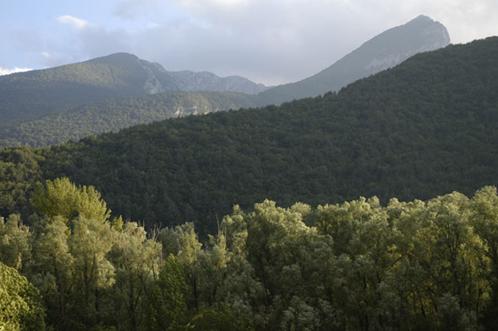
Friday 2-Friday 9 July
Abruzzo National Park, Italy. After most of the year spent in the office, it’s great to get up in sunshine, fill the water bottles from a spring, and work in the beech forest for most of the day.

Continuing a long-term study on roost choice by barbastelle bats with Danilo Russo. We capture the bats at a drinking trough in the beech forest.
.
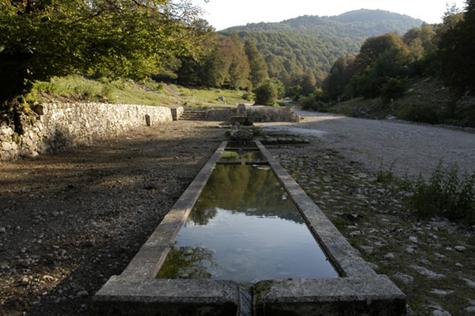
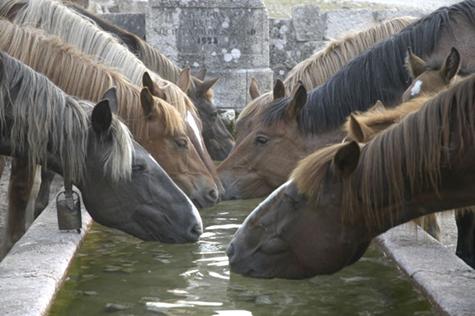
Among the bats we captured were barbastelles, Brandt’s bat and savi’s pipistrelle (left to right below). We also captured Natterer’s bats, 16 whiskered bats, Kuhl’s pipistrelle, and a soprano pipistrelle. We found about 6 roosts used by 3 radio-tagged barbastelles.
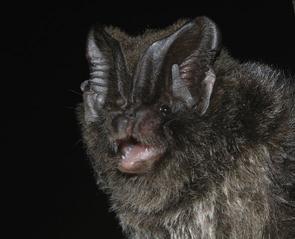
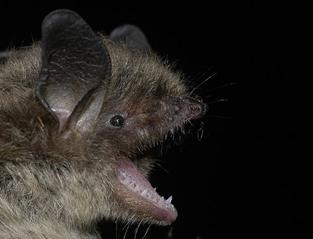
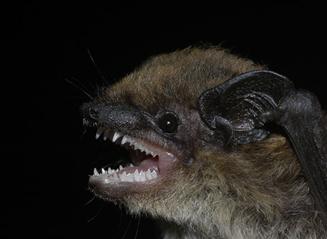
Other mammals included edible dormouse, wild boar, brown hare, roe deer, red deer, red fox, and 2 freshly dead Roman moles (below). We found scats from a wolf in the forest.
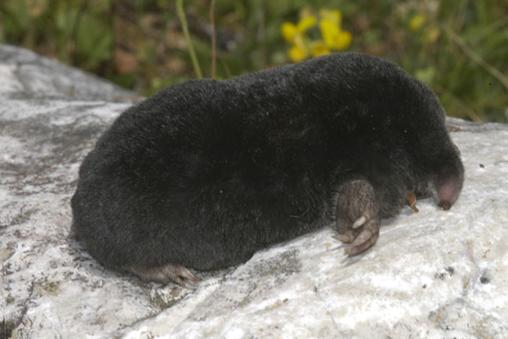
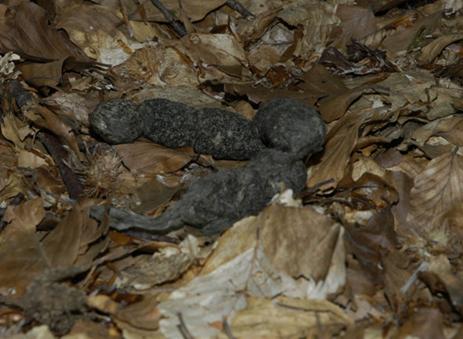
I saw one snake (probably a smooth snake), and there were lots of edible frogs (below) in Lake Barrea.
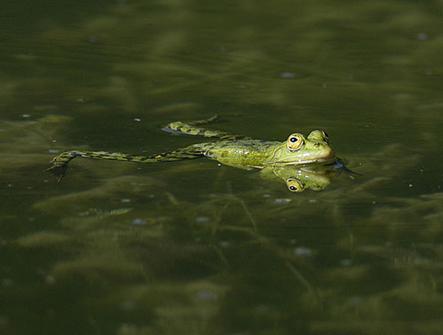
Butterflies included the following photographed below (in order): Bath white, black-veined white, comma, marbled white, scarce swallowtail, swallowtail, spotted fritillary.
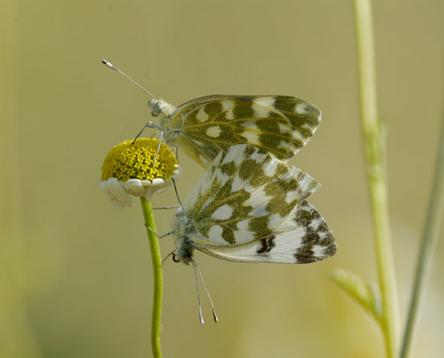
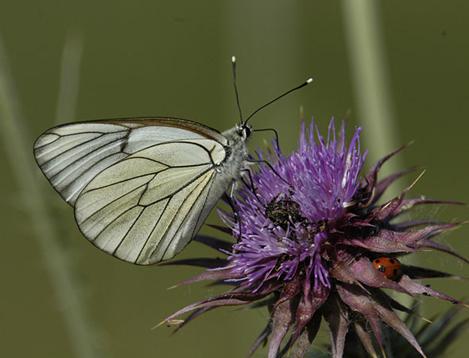
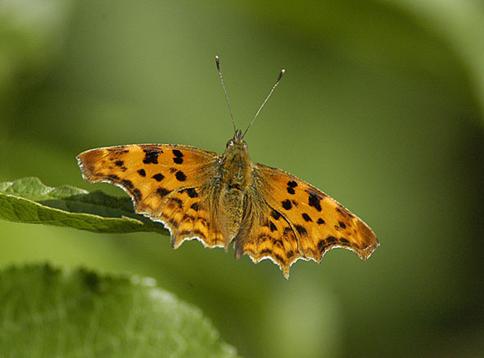
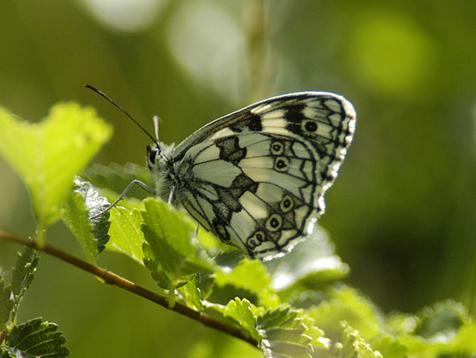
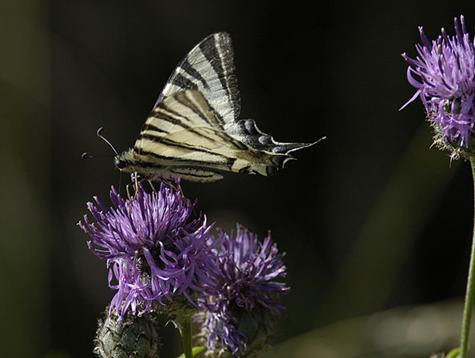
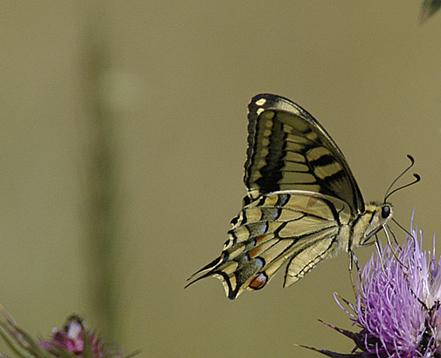
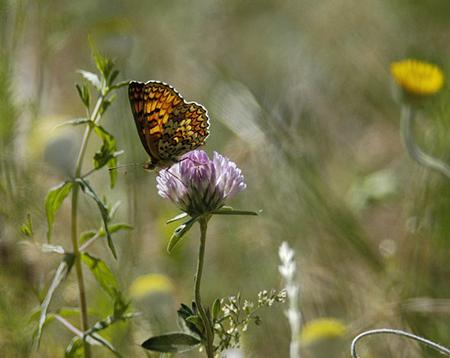
We also found a cerambycid beetle (below) that made an audible squeak when handled, which I recorded.
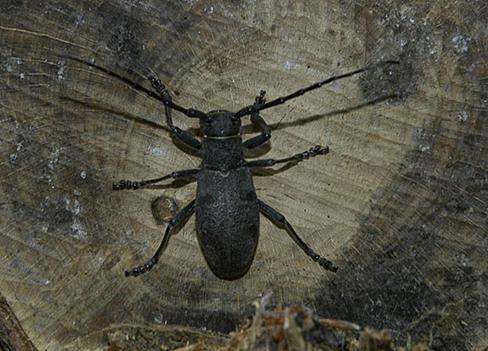
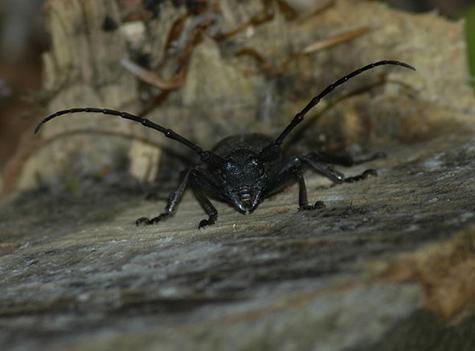
In total I saw 52 bird species, but no new ones. Despite spending many hours in the woodland over 3 years, I never saw a Lilford’s woodpecker. Highlights included a honey buzzard, corn buntings, hoopoes, marsh tits, and red-backed shrikes. Heard a zitting cisticola on the way back to Naples. Cuckoos were still calling. Below are photographs of black redstart, a grey wagtail that we caught in our mist nets, grooming hooded crows, Italian sparrow, jays (including a squabbling group), nightingale, and serin.
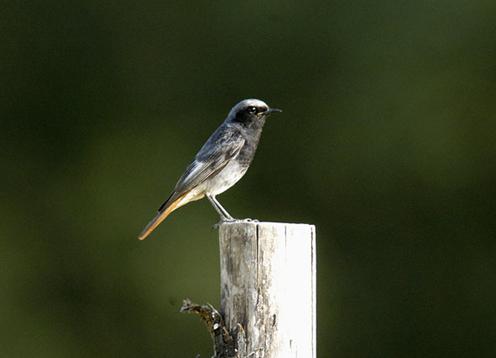
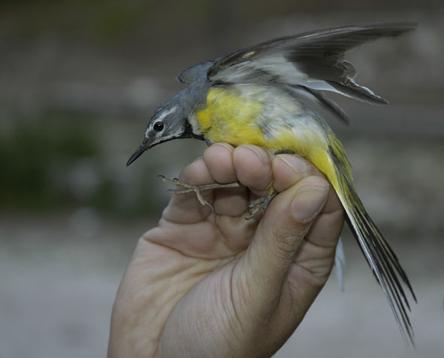
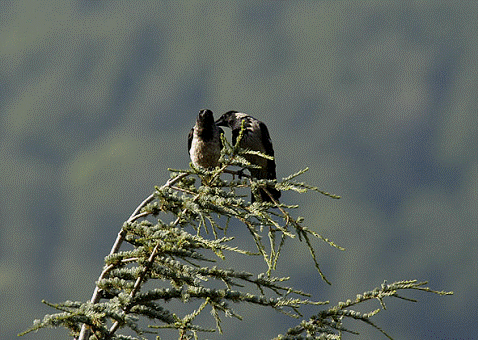
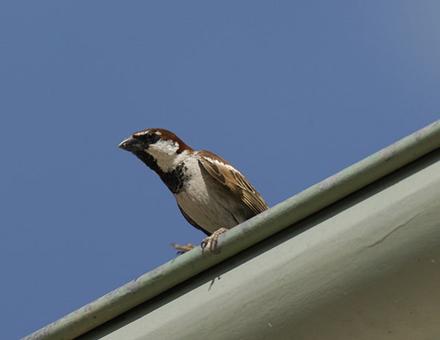
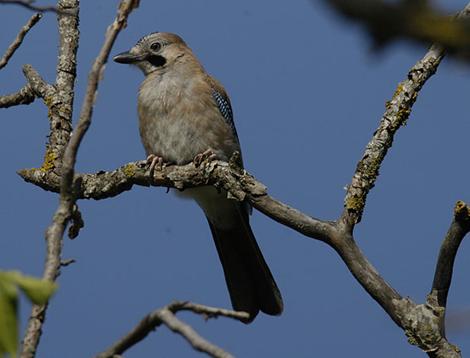
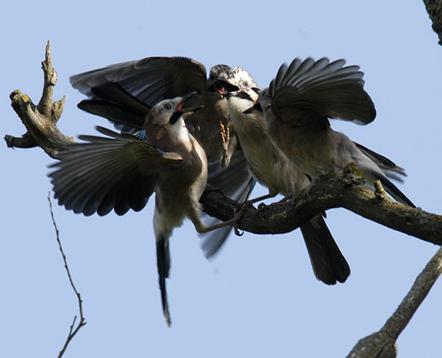
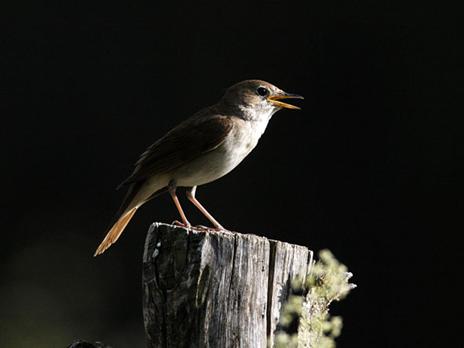
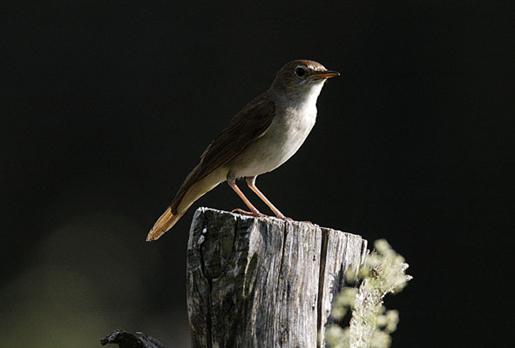
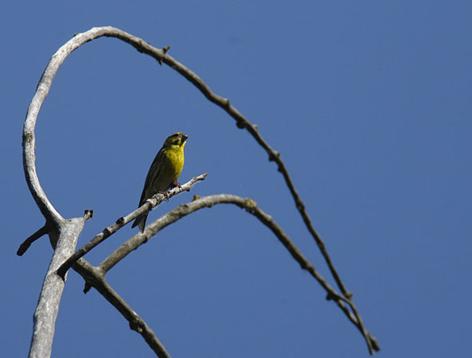
The beech forests contain many bird-nest orchids.
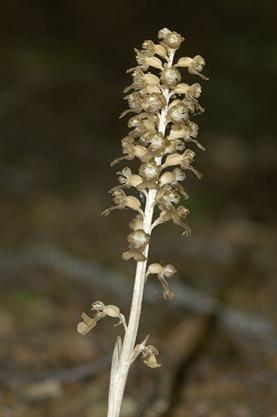
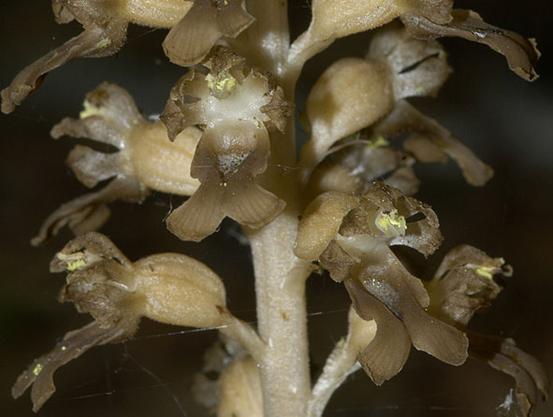
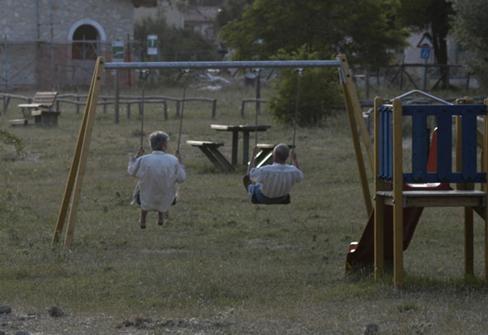
Sunday 11 July
Chew – afternoon – 8 common scoters including 2 females. Also 10 barnacle geese, and the 3 hybrid snow x Canada geese, photographed below. Each has a different amount of black streaking on the head or white on underparts.
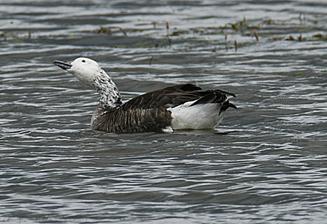
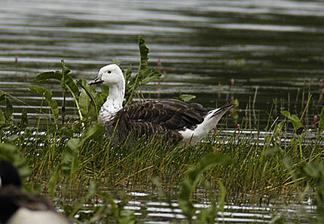
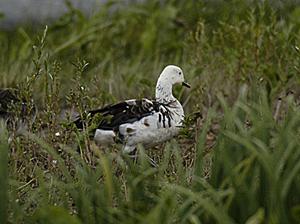
Also photographed little and displaying great crested grebes, and a black-headed gull.
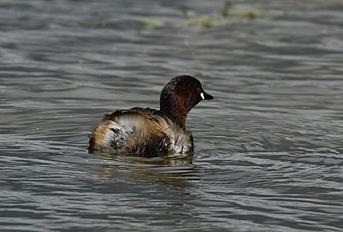
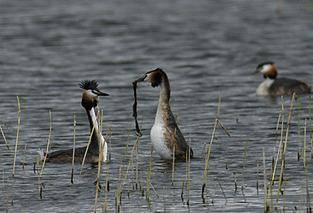
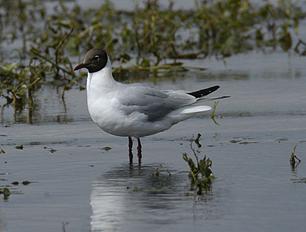
Ruddy darter dragonflies were common in the Parkland. A female is below.
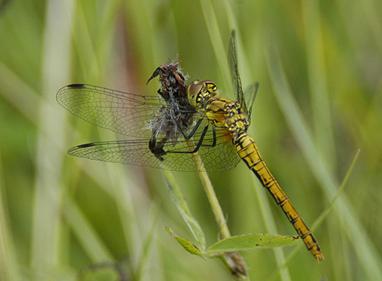
Sunday 18 July
Catching greater horseshoe bats at Woodchester with Roger Ransome– processed 158 in total, including most mother-young pairs.
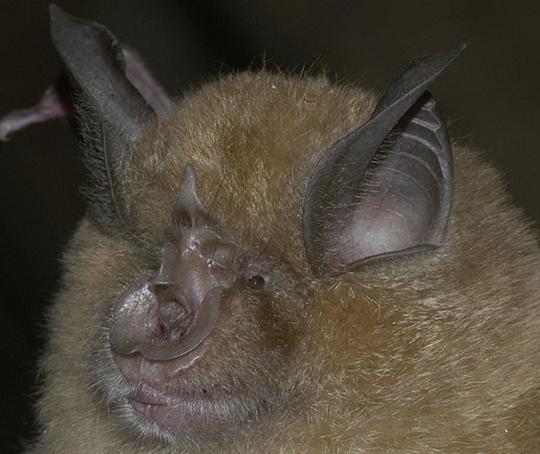
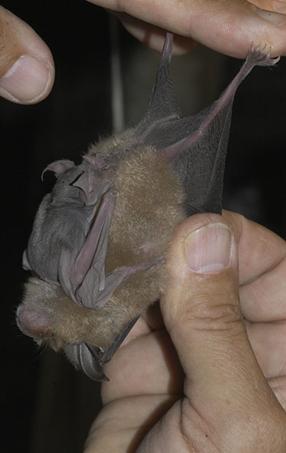
19 July – 2 August
Family holiday in St Ives, Cornwall. Saw 93 species over the week. Highlights were:
Hayle estuary – up to 9 common sandpipers (below) (20th); 2 kingfishers (19th), oystercatcher with chick; 2 black-tailed godwits; 1 bar-tailed godwit – summer plumage male, 26th), 2 greenshank; Mediterranean gull (first summer, 25th, below), little grebe, sanderling (3, Carnsew pool, 27th), sandwich terns (up to 5), whimbrel. Up to 10 little egrets (below). Also photographed curlew, wren and goldfinch.
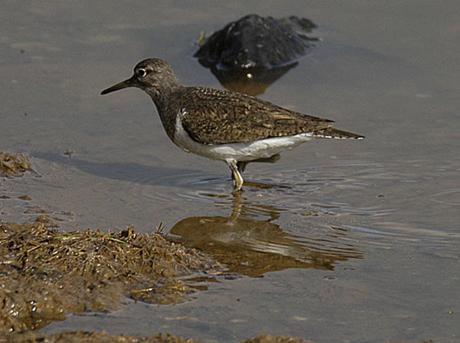
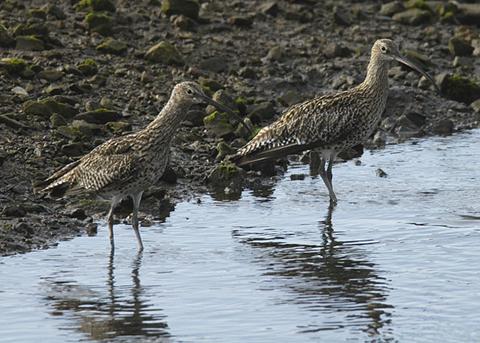
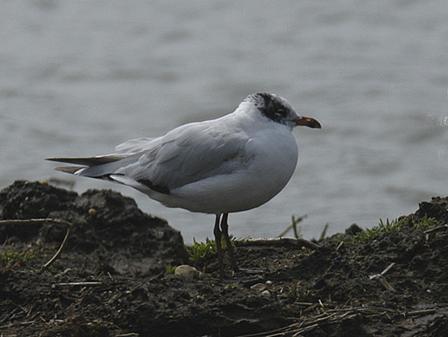
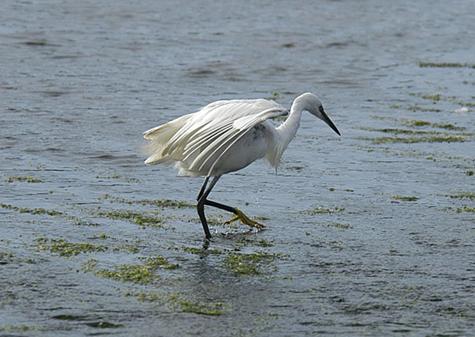
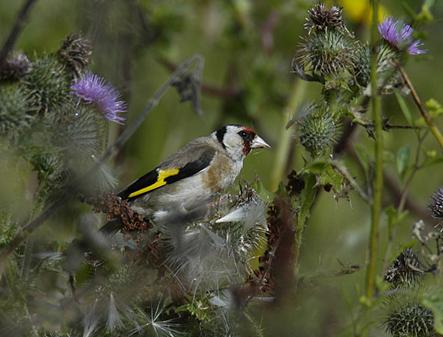
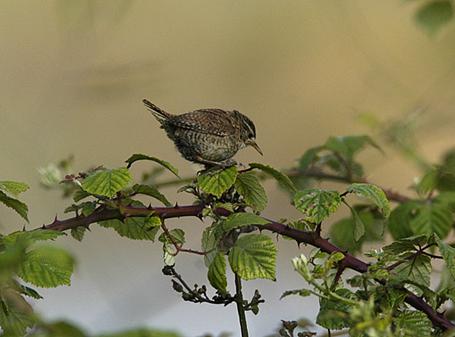
St Ives – guillemot, razorbill, Manx shearwaters, Cory’s shearwater (22nd). Wheatear at Clodgy point, sparrowhawk over town beach.
Trencrom – yellowhammers, raven, heard a red-legged partridge.
Marazion – sedge warblers, sanderlings.
Drift reservoir – Canada geese, great crested grebe.
Porthgwarra – three seawatches – 23 July – many Manx shearwaters, at least 2 BALEARIC SHEARWATERS (quite dark underneath, pale only on belly), dark phase Arctic skua, house martins (scarce around Penwith); 31st – about 2 Balearic shearwaters , quite a lot of Manx shearwaters, and a sooty shearwater which gave good views. 6 grey seals, including one battle-damaged male, calling on the rocks below Gwennap Head.
St Mary’s, Isles of Scilly (29th). Day trip on the Scillonian. Few sea birds – 1 Balearic, many Manx shearwaters. At least 2 distant porpoises, and a couple of dolphins. Photographed gannets (below).
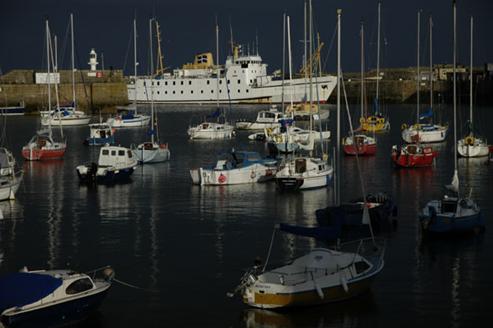
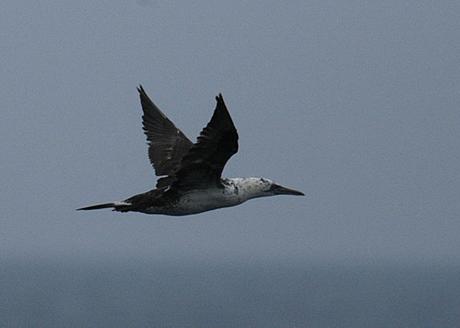
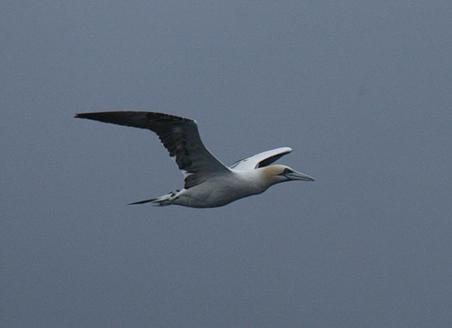
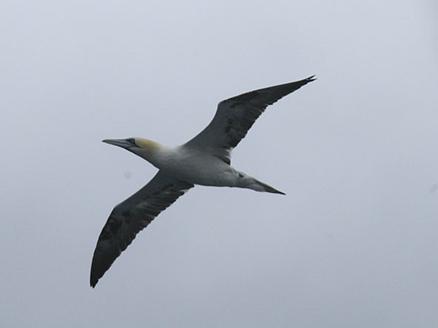
Also saw common terns, a green sandpiper, and single greenshank at Porthellick and Lower Moors. The latter bird was very tame, and photogenic. Photographs of turnstones from the harbour.
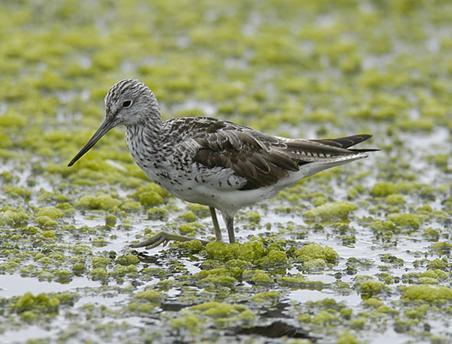
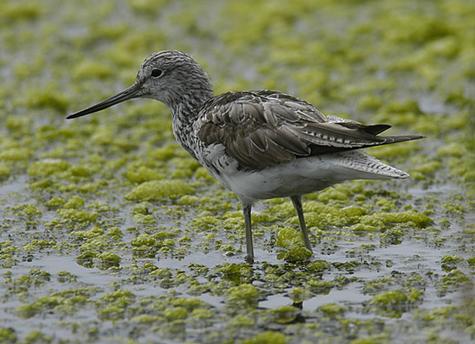
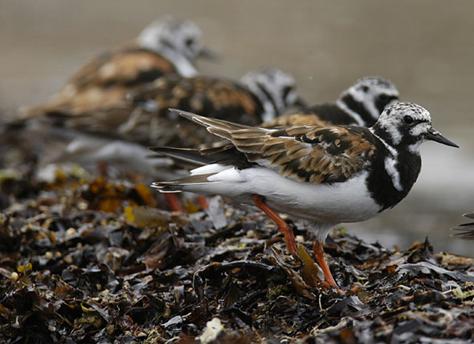
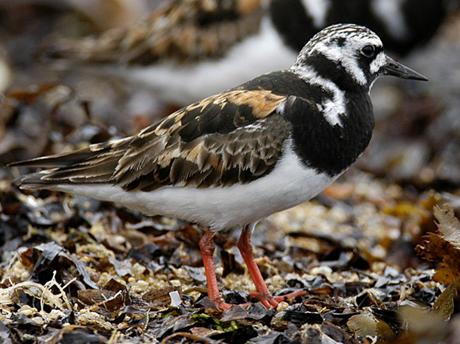
Wednesday 3 August
Visited Kennard Moor near West Pennard in afternoon, to see a first year female WOODCHAT SHRIKE. The bird has been present for several weeks, and perches up on a bramble bush to afford good views through a telescope.
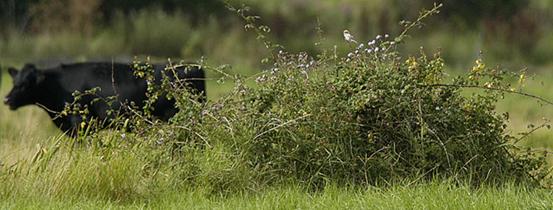
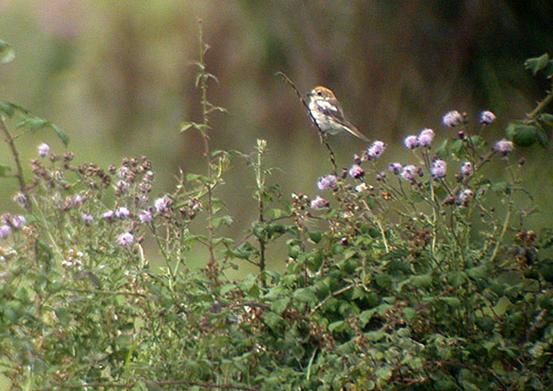
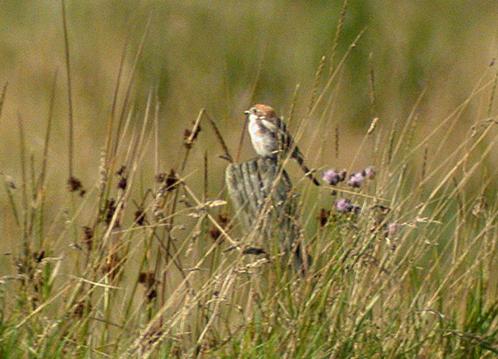
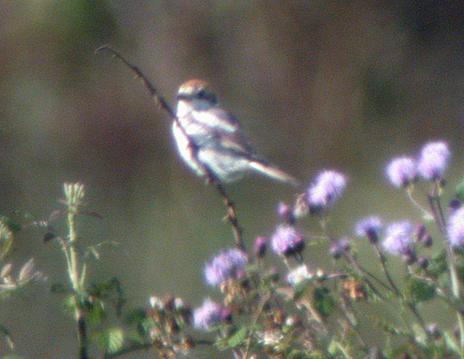
Stopped briefly at Chew – first summer yellow-legged gull and a common sandpiper.
Saturday 7-Monday 9 August
Nyborg Strand, Fyn, Denmark for neuroethology meeting. Walked S of Nyborg on Monday morning with Marc Holderied. Visited the coast, and a reed-fringed lake. Saw tree sparrows, a cuckoo, 2 greenshank, a strongly marked pipit, grey partridge, sandwich terns, lesser whitethroats. Highlight was my first-ever marsh warbler in a bush alongside the reedbed at the lake. Pale legs, marked eye ring noted. The bird was first located from its high frequency subsong. Photo below is the view from my room – main change from when I was last here 14 years ago is the 18km crossing that now joins Fyn to Zealand, including the second longest suspension bridge (1628m) in the world.
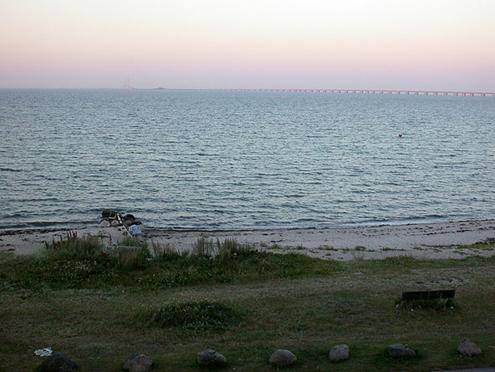

Tuesday 10 August
Barrow tanks – eclipse male ring-necked duck, 3 common sandpipers, 11 little grebes, 1 ruddy duck, 2 swifts. Duck numbers now starting to build up.
Wednesday 11 August
Blagdon and Chew Valley lakes in evening. Blagdon had lots of birds, but little of great interest. At Chew, a ringed plover flying around Heron’s Green bay, 2 green sandpipers, 2 common sandpipers, 3 snipe, 2 reed warblers at Stratford, a splendid juvenile Mediterranean gull in front of Stratford hide, and a garganey flew from Heron’s Green Pool onto the main lake.
Friday 13 August
Walked up Bourton Combe – heard first Marsh tit of the year, and also a tawny owl calling.
Saturday 14 August
Somerset Levels in morning – very little at Catcott – hardly any water there. At Meare Heath there was an excellent selection of waders – about 30 dunlin, 5-10 ringed plover, ca. 5 redshank, around 130 black-tailed godwits, a common sandpiper, 2 wood sandpipers, 3 ruff, and a pectoral sandpiper (below). On Noah’s Lake there were 2 black terns.
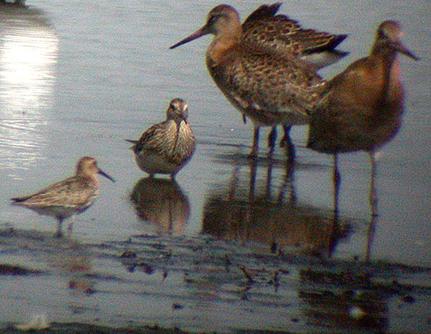
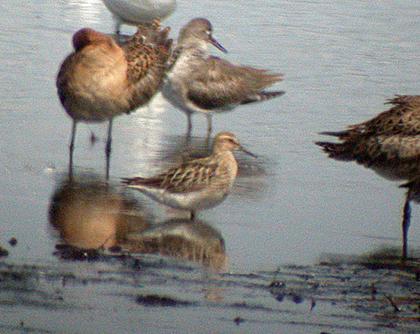
Sunday 15 August
Chew, late afternoon. 1 Black-tailed godwit, 5 green sandpipers (below), 7 common sandpipers, dunlin overhead, ringed plover (heard), 1 snipe, 10 common terns at Stratford (below). 1 juvenile present, and ‘primary wedge’ showing nicely on adults.
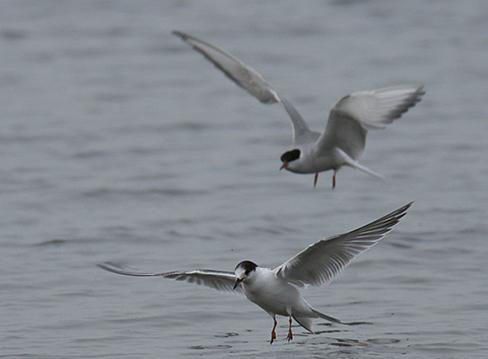
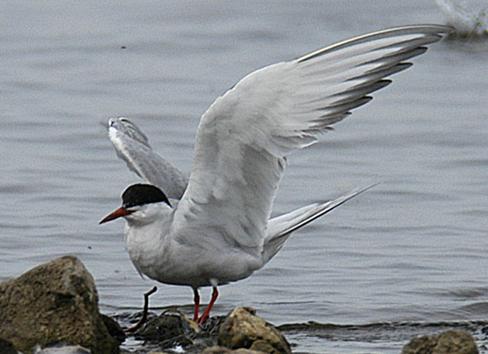
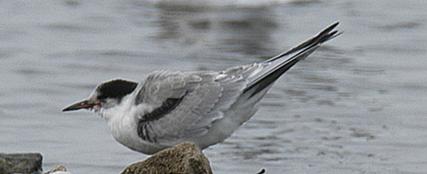

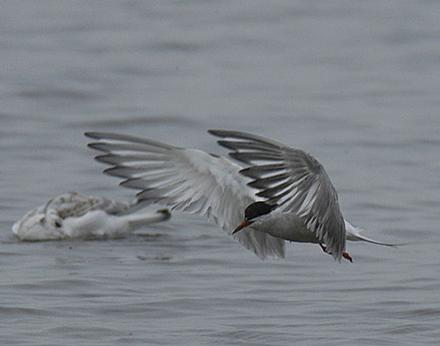
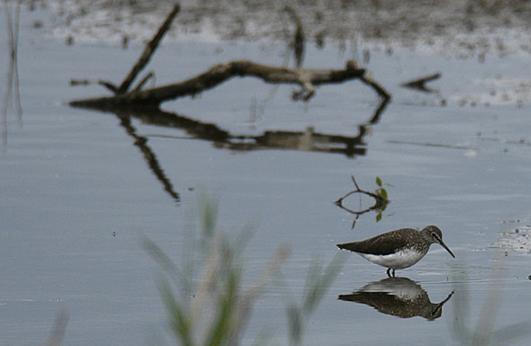
Went to Bernard King hide looking for Caspian gull – not there, but 2 oystercatchers, adult yellow legged gull and juvenile Mediterranean gull (below).
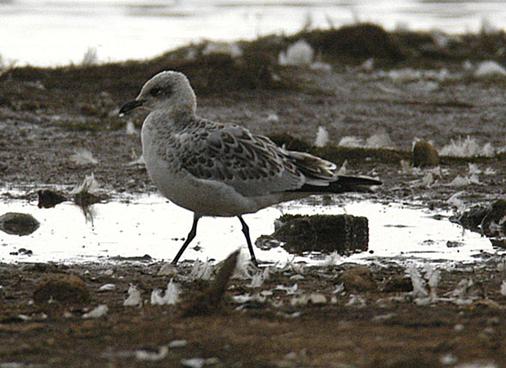
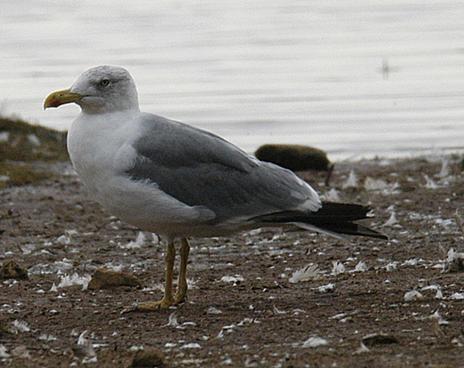
Tuesday 18 August
Went to watch the alleged second-winter Caspian gull at Chew. Photographs below. The head is white, and there is extensive mottling on the underparts. There is a darkish ‘mask’ behind the eye. The bill is very long, with a black subterminal band, paler yellow at the base and tip. The head shape is different from other medium-sized Larus gulls, with a more gentle slope to the forehead, and a less rounded back to the head. The legs are pink, the eye dark. There is a marked tail band, with the middle tail feathers unusually white. The tertials are dark with white tips and a dark subterminal band, the primaries appear dark when at rest. The underwing showed extensive light areas when the bird flew. The bottom left photo shows the bird behind immature yellow-legged and lesser-black backed gulls. By November the bird was thought to not be a Caspian bill – the head had become streaked, and the body shape appeared different after moult. Up to 5 yellow-legged gulls also present, and a red fox. Eventuallt the bird was thought perhaps not to be a pure Caspian gull - see here.
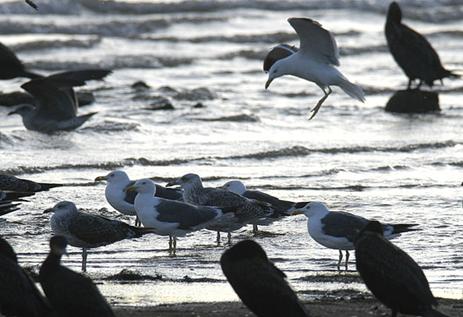
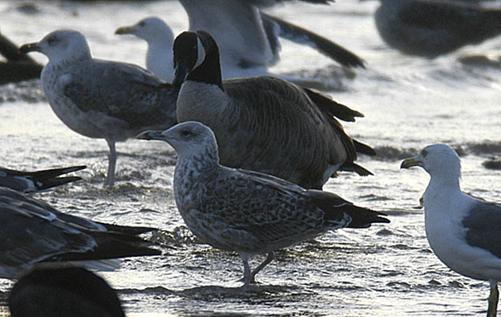
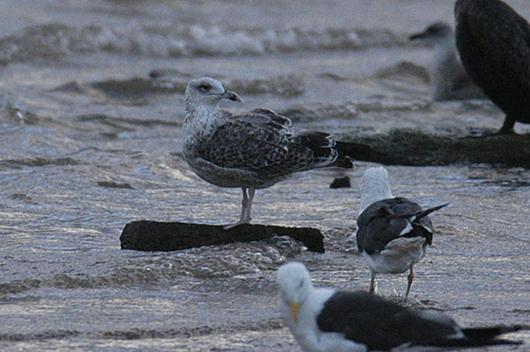
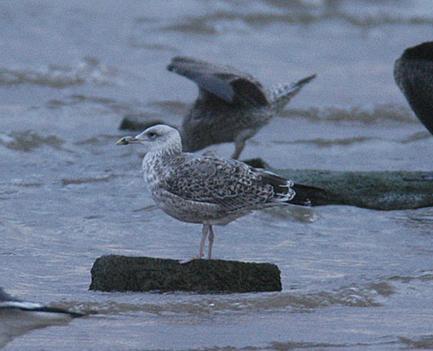
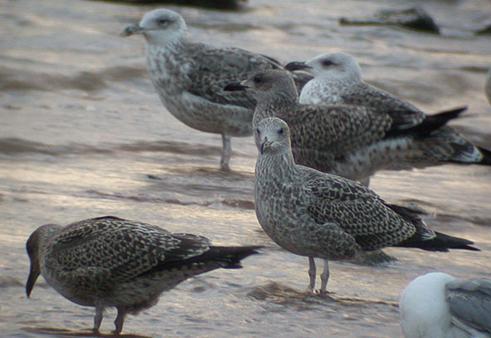
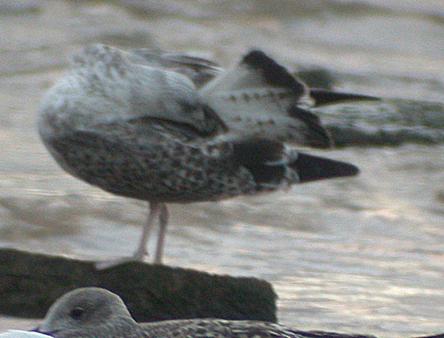
21-30 August
Poland for 13th International Bat Research Conference
Flew over the Severn estuary (below) to Amsterdam, then on to Warsaw.
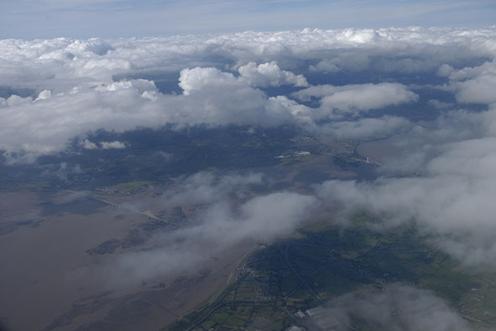
We stayed at Mikolajki in the Masurian lake region. Best spot here was Lake Lukniary, which I cycled around with Phil Richardson in the rain on 25th. The trip between Warsaw and Mikolajki produced many white storks (apparently a quarter of the world’s population breeds in Poland), and a Montagu’s harrier. The Lake Talty around the hotel was disappointing, with only Serins, raven, common gull and presumed Caspian gulls. Lake Lukniary (below) held marsh harriers, osprey (below), the world’s largest population of mute swans, swifts, kingfisher, and bearded reedlings (heard). New birds for me were aquatic warbler (juvenile- remarkable orange hue) and great reed warbler. Marsh tit, whinchats, Reed warbler and marsh warbler also present. We found a large beaver dam.
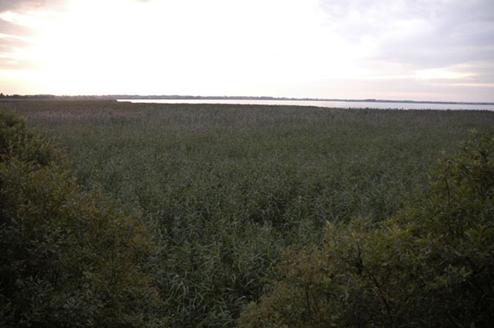
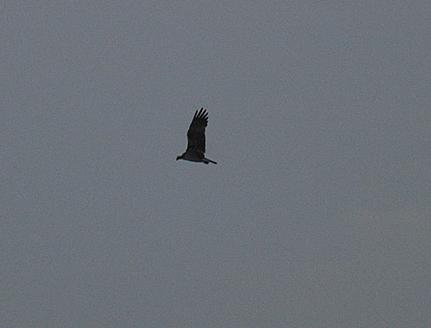
The surrounding farmland held some interesting birds, including yellow wagtails, red-backed shrikes, and great-grey shrikes.
After the conference I joined an excursion to the Biebrza marshes and Bialowieza forest. At Biebrza (28th) we visited the southern edge of the reserve. Around Osowiec we went up an observation tower and saw an immature white-tailed eagle (my first), and a male elk (below). A nutcracker flew overhead.
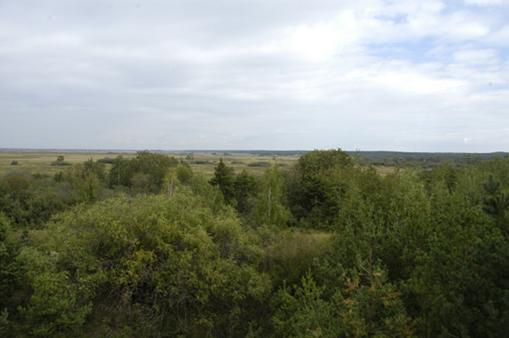
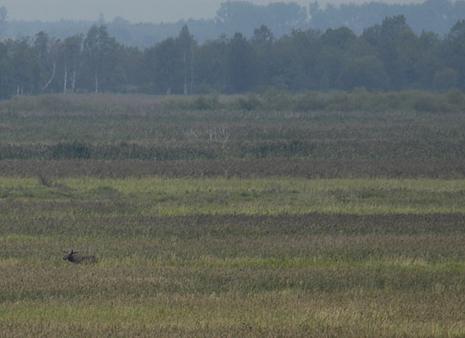
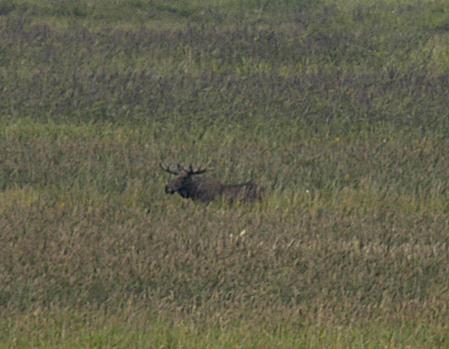
Around Strekowa we saw a splendid male marsh harrier quartering the fields (below).
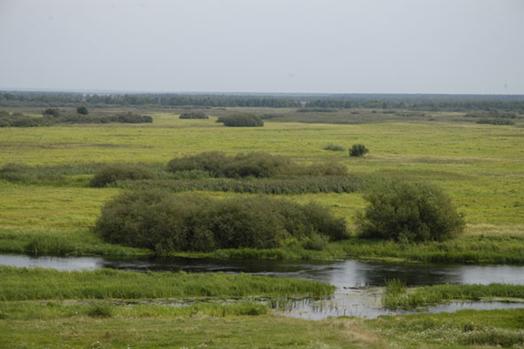
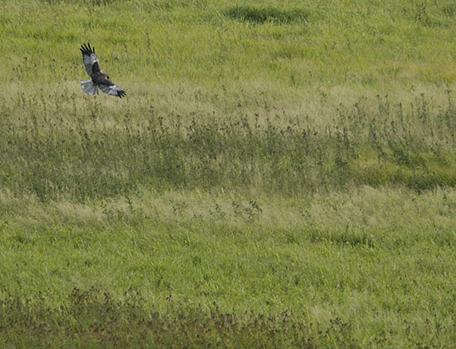
The most productive site was Brzostowo, with great white egret, goosander, wood sandpiper, snipe, and cranes.
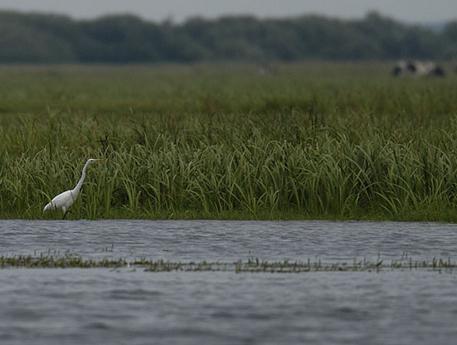
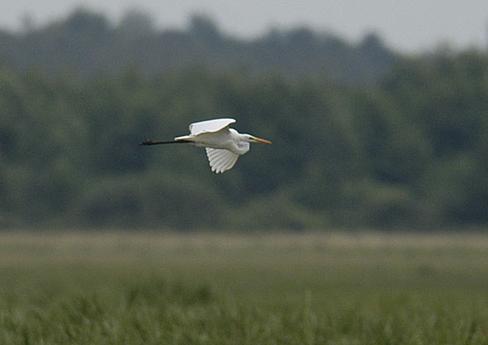

On 29th August we visited Bialowieza, one of the most ancient and largest forests in Europe. I saw hawfinch, and my first middle-spotted woodpecker, lesser spotted eagle and booted eagle.
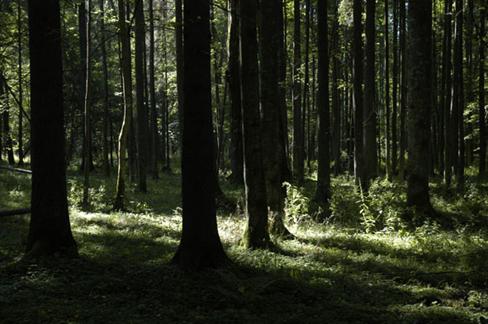
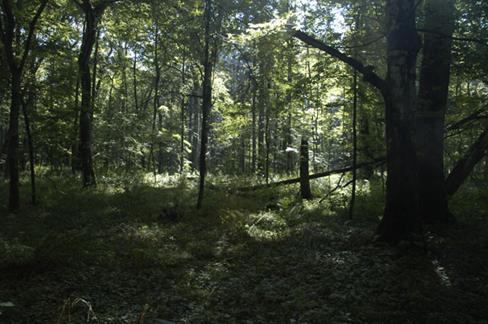
Finally we visited the European Bison Reserve, and saw captive wolves, bison and red deer.
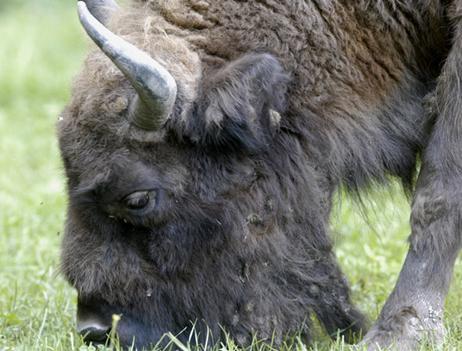
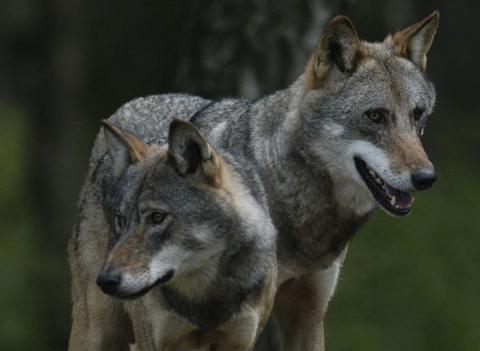
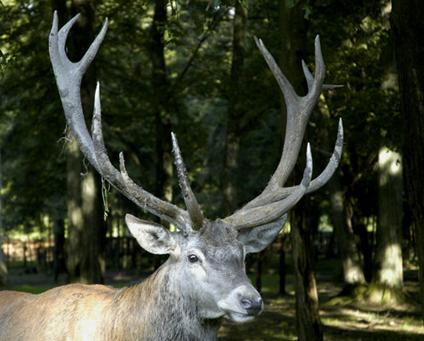
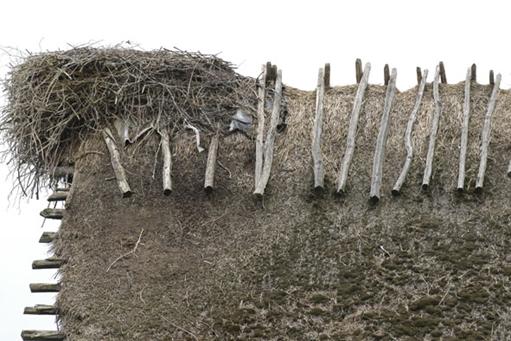
69 species in total.
Tuesday 31 August
A quick visit to Chew in the evening to see the spotted crake (below). Also saw 2 water rails. In the evening, a little owl was heard calling from our house.
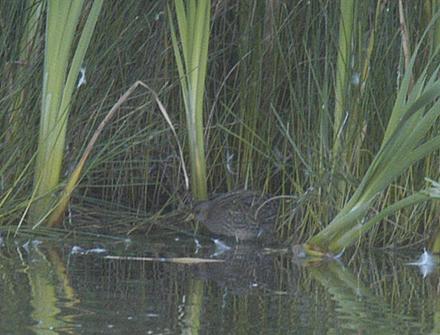
Thursday 2 September
Meeting in Brecon – on the way stopped at Llangorse Lake – black tern and knot (below).
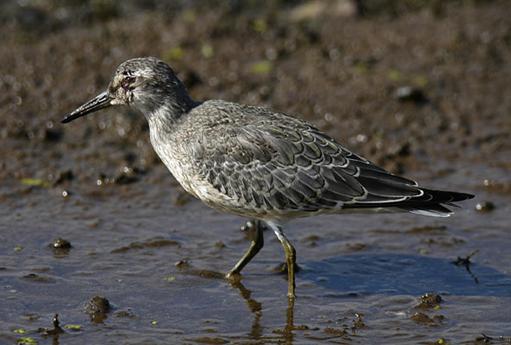
After the meeting I drove to Gigrin farm kite feeding station. Took photos of ravens and buzzards.
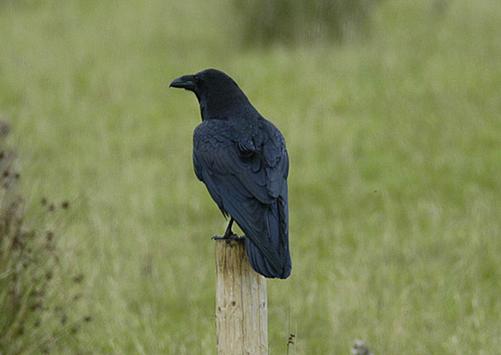
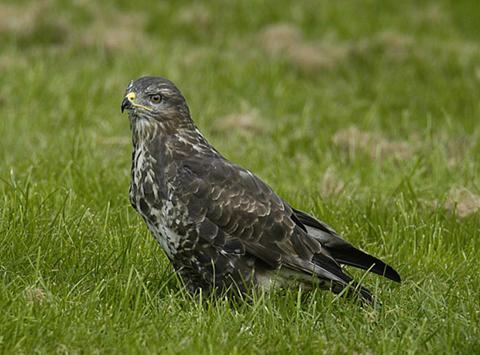
There were two leucistic birds among the kites.
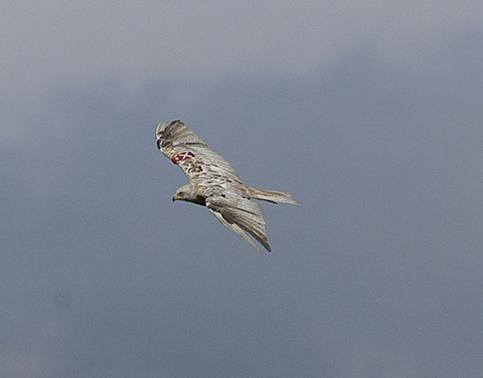
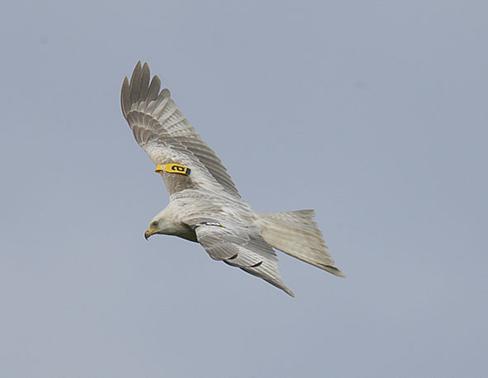
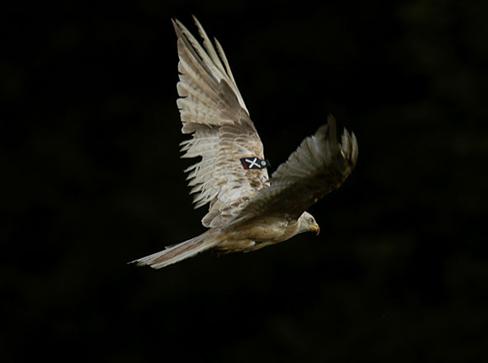
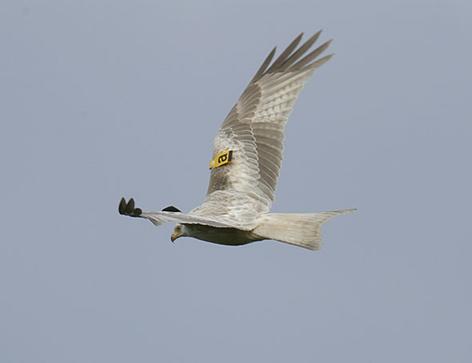
The photographs below are of the 50 or so red kites present – most birds congregated late afternoon.
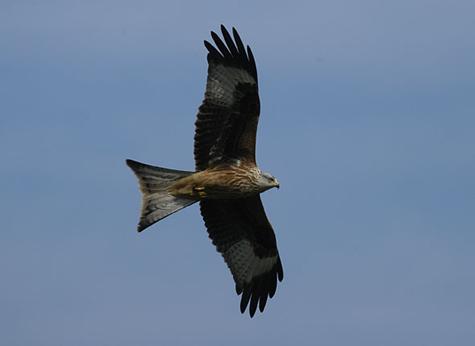
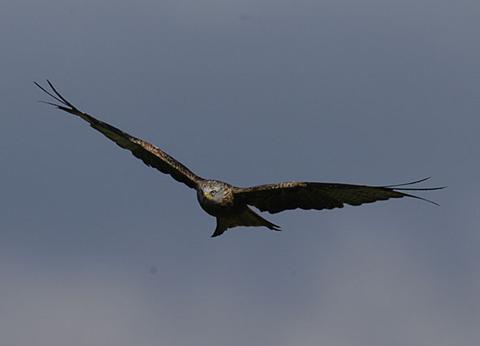
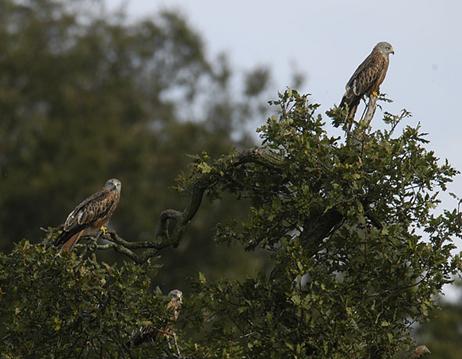
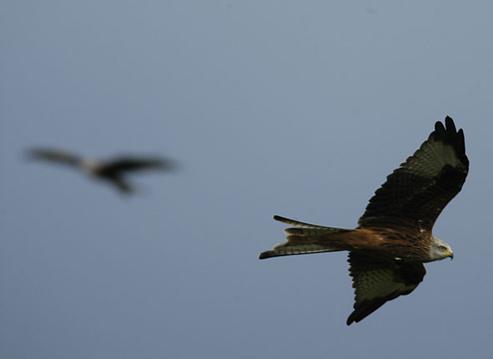
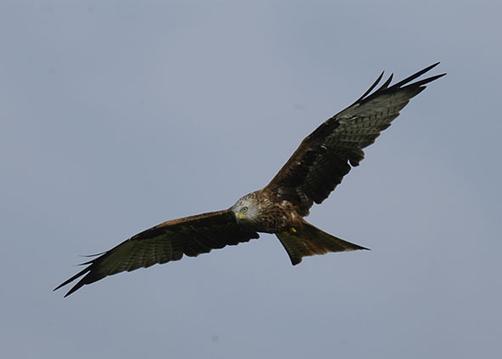
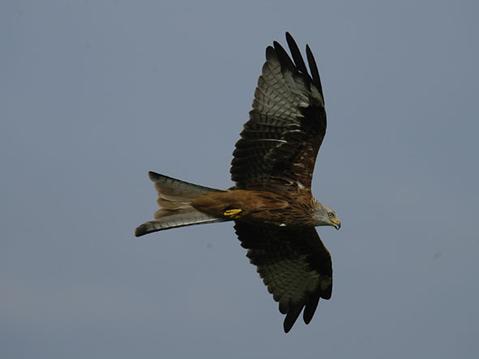
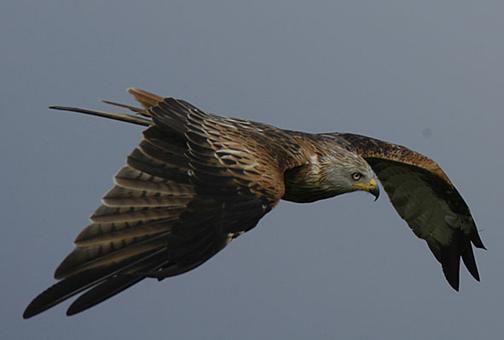
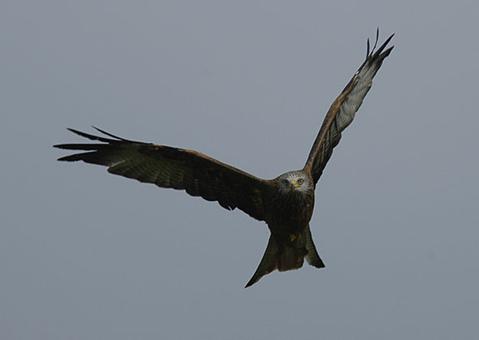
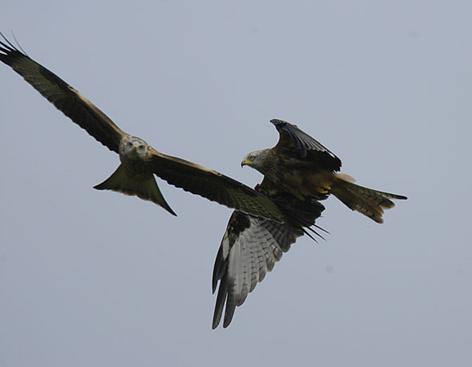
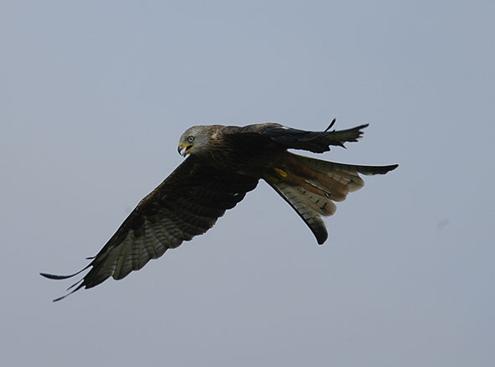
Saturday 4 September
A Baird’s sandpiper was located at Newport Wetlands, Goldcliff yesterday. Together with lots of other interesting waders that were present, I thought the site would be worth visiting this afternoon. Saw 5 yellow wagtails flying over, 3 little ringed plover, 1 juvenile spotted redshank, 2 greenshank, 3 ruff, 2 curlew sandpipers, and many black-tailed godwits and knot. On my return to the car at 17.30h I watched a distant wader on the middle-right hand side of the far shore. It was small next to the ringed plover around it, elongated, and had a well- defined breast band and white underparts. The back was scaly. Features fitted with a juvenile Baird’s sandpiper (seen here yesterday), and the bird looked very much like the photo in the 2001 Avon Bird Report. I did not feel fully confident about its identification however, and had to rush off home – there were no other experienced birdwatchers present.
Sunday 5 September
Brief visit to Barrow tanks – nice pool forming in number 1, but little on it. Only birds of note were 6 wigeon, though waterfowl numbers now building up.
Saturday 11 September
Blagdon Lake – 4 yellow-legged gulls, 10 black-tailed godwits, 3 garganey, 7 ringed plover. Stratford hide, Chew – 4 black terns, 4 greenshank (adult winter below), 2 green sandpiper (adult winter below), 3 snipe. Black-headed gulls all looked skywards in heavy showers.
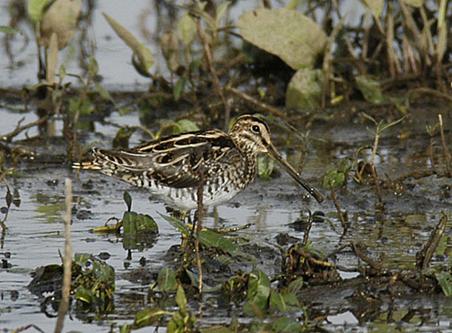
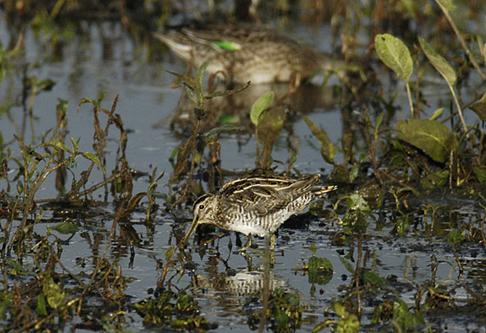
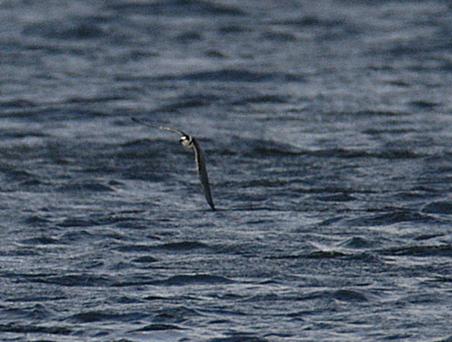
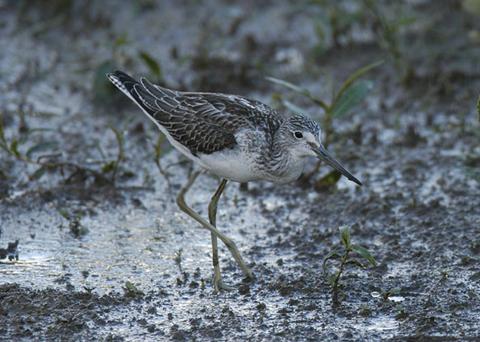
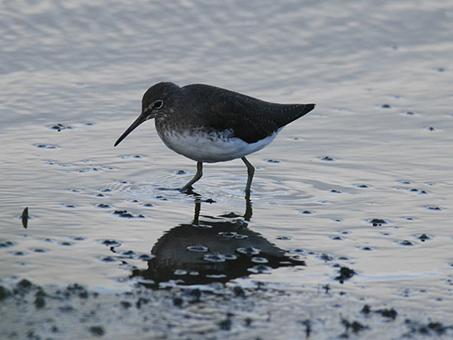
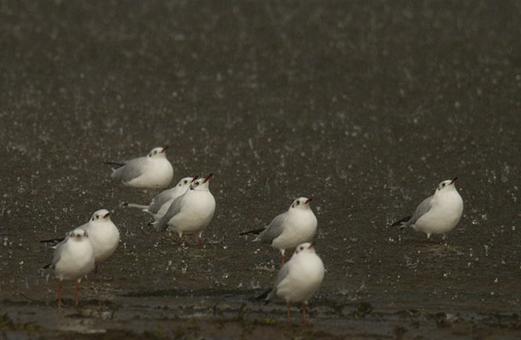
Sunday 12 September
An evening trip to Severn Beach in rain – strong winds forecast, but didn’t materialise. Only birds of interest were 3 Manx shearwaters and 4 turnstone.
Tuesday 14 September
Severn Beach again in evening after a day of strong winds when several sightings of Leach’s petrels were made. We didn’t see any, but did see 3 Manx shearwaters, 2+ storm petrels and a gannet, as the winds died down in the evening.
Thursday 16 September
Walked around Hengistbury Head and Christchurch Harbour with Jerry Fenner in evening. Windy, but quiet. Saw about 6 wheatears, a reed bunting, bar-tailed godwit several Sandwich terns and a common tern.
Friday 17 September
A walk in Wareham Forest in the morning. Rained persistently, and saw very little.
Monday 20 September
Shapwick Heath with Colin O’Donnell and Jane Sedgeley. Very windy. Saw many black-tailed godwits, 3 dunlin, greenshank, ca. 5 little egrets, but highlights were the raptors – male marsh harrier, an osprey fishing in the main rhyne and taking fish to a birch stump, one hobby, kestrels and 2 sparrowhawks.
Saturday 25 September
Chew valley Lake in evening – raven, sparrowhawk, common sandpiper and a yellow-legged gull.
Sunday 26 September
Barrow tanks – white wagtail, snipe, ca. 20 little grebes. Flock of ca. 20 linnets and 7 meadow pipits.
Thursday 30 September
Travelled to Brownsea island to see the WESTERN SANDPIPER (10th British record). Eventually got some good telescope views, but the bird was not close enough to be photographed. The photo beloware from Surfbirds (Pete Coe). It shows the rufous scapulars, and relatively long, decurved bill (notably longer than in a semipalmated sandpiper).
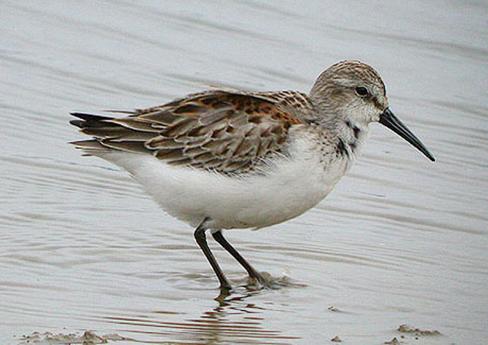
There was a good variety of waders present – including about 10 curlew sandpipers, 1 little stint, 1 bar-tailed godwit, about 5 knot, hundreds of avocets, and several greenshank. Also saw a sandwich tern, and had good views of several red squirrels.
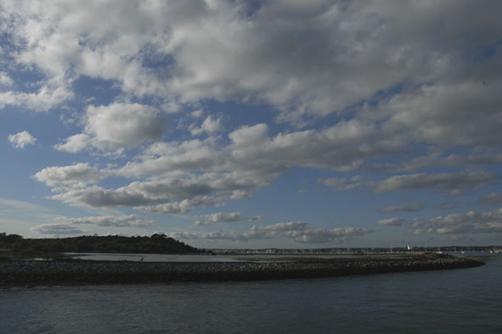
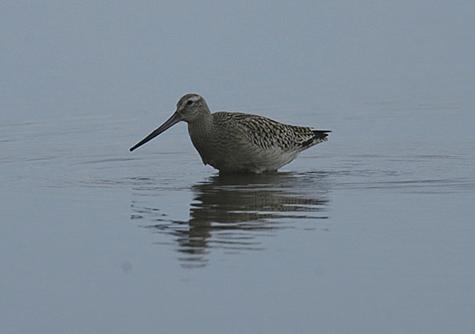
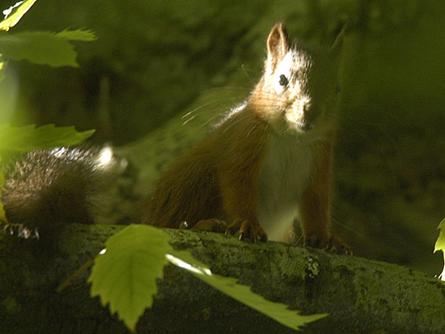
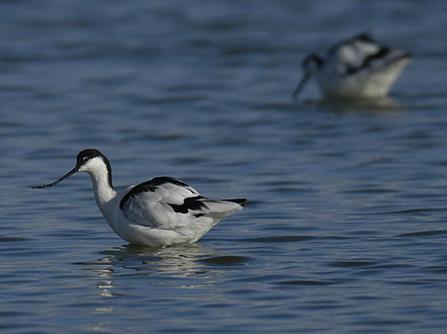
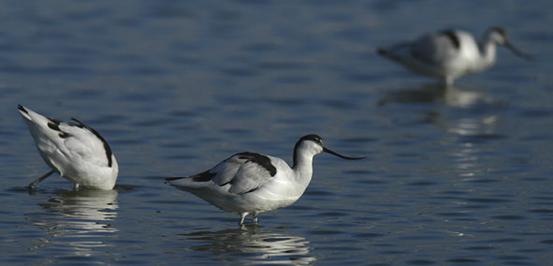
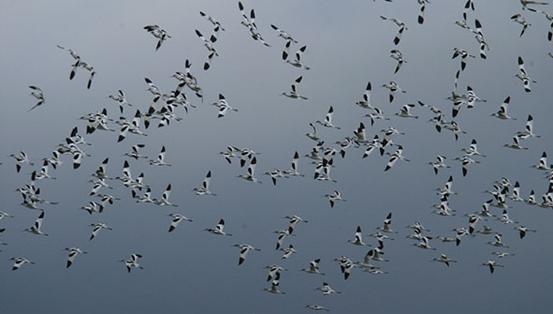
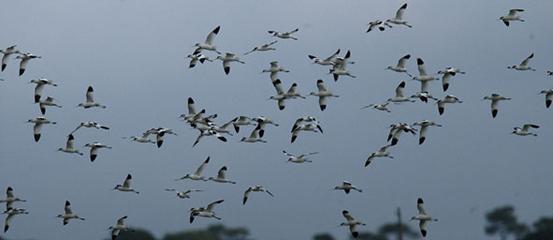
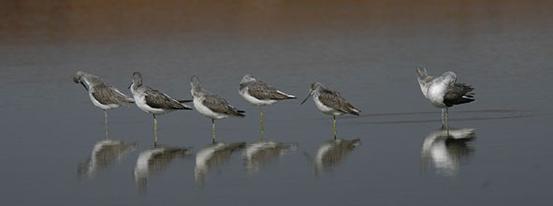
On the drive back, I stopped in Wareham Forest and walked along the edge of Morden Bog. – saw a probable Dartford warbler and a spotted flycatcher.
